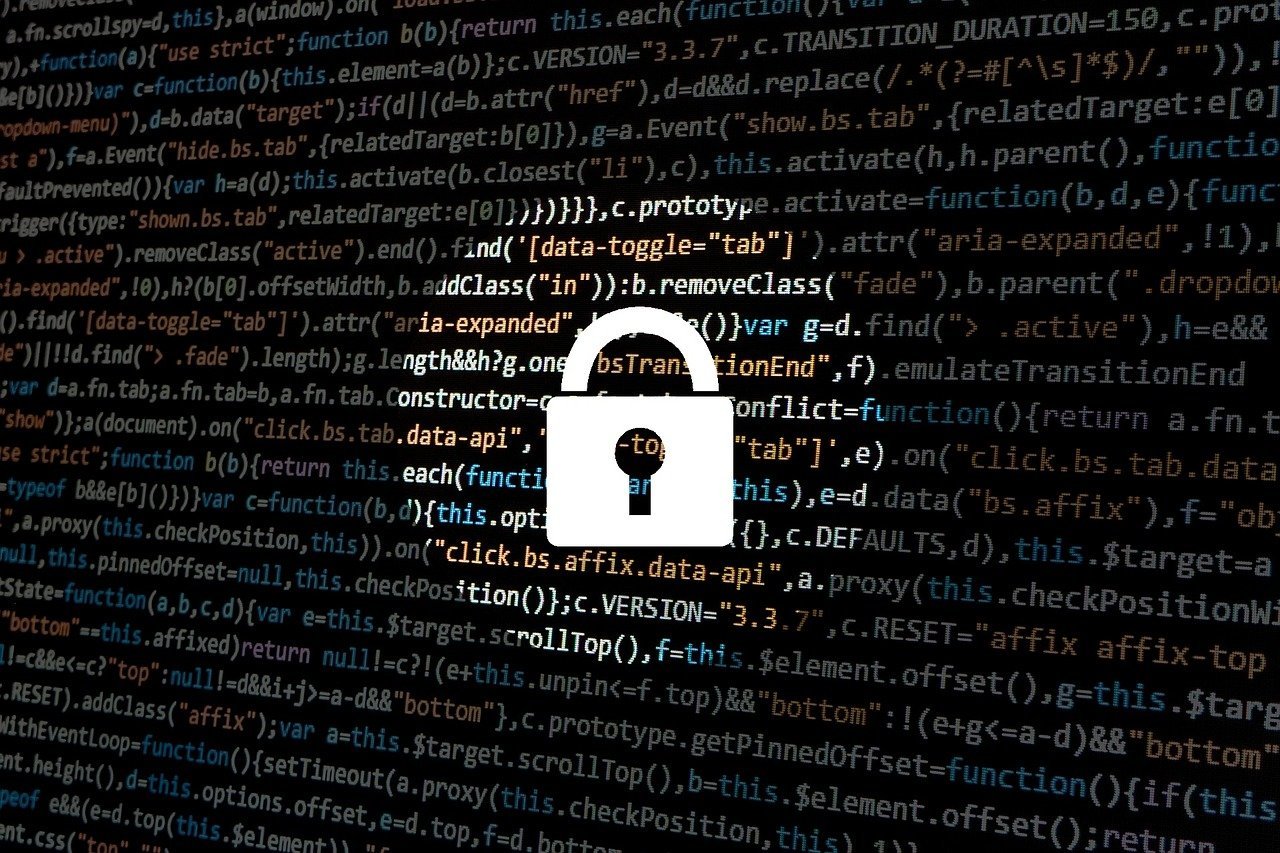Last week’s verdict on Castile’s murder has intensified justification for a dissipation of the narratives that lead police to kill innocent black civilians.
On July, 6th, 2016, Philando Castile was driving around the Minnesota suburbs of Falcon Heights, his girlfriend Diamond Reynolds and her four-year-old daughter also in the vehicle. He was stopped by police officer Jeronimo Yanez for a broken tail-light. It took Yanez 38 seconds to asses the situation before shooting Castile 7 times, killing him immediately.
Newly released footage taken from the dashboard camera of St.Anthony police provides a clear depiction of how the events unravelled. The confrontation rapidly escalated after Castile notified the officer that he was in possession of a legal firearm.
Throughout the video, Castile can be heard saying, “Sir, I have to tell you that I do have a firearm on me”. To which the officer replied, “Okay, don’t reach for it then.”

“I’m not”, replied Castile while reaching for his wallet. Seconds later, Yanez can be seen opening fire at Castile, fatally injuring him.
The aftermath of the shooting was streamed live on Facebook by Castile’s girlfriend Diamond Reynolds. The video went viral, garnering immense media traffic and shares.
“Stay with me. We got pulled over for a busted tail light in the back.” exclaims Diamond.
“I told him not to reach for it,” says the officer, “You told him to get his ID, sir. His driver’s license.” replied Diamond.
(warning: content is graphic)
Yanez was charged with second degree manslaughter, two counts of dangerous discharge of a firearm and faced a 20 year sentence. However last week, he was acquitted of all charges. The defence stated several arguments to support Yanez’s reaction, one of which was that Yanez thought he smelt marijuana in the car.
“…If he had the audacity to smoke marijuana in front of the 5-year-old girl and risk her lungs and risk her life by giving her secondhand smoke, so what care does he give about me?” Yanez stated.
Yanez also mentioned that Castile’s description matched that of a suspect in a gas-station robbery.
On June 16, an estimated group of an 2000 people took to the street to protest against the verdict. Members of Castile’s family spoke out, saying the decision left them feeling disparaged and aggrieved.
“I will continue to say murder because where in this planet do you tell the truth… and you still be murdered by the police of Minnesota?” Valerie Castile asked.

The police officer had previously completed a two-hour training called “de-escalation” as well as a 20-hour training called “Officer Survival”. Critics are bringing awareness to a two-day seminar called “The Bulletproof Warrior” which Yanez also attended back in 2014. The program is believed to generate a sense of paranoia among police officers as videos of bloody shootouts between police and civilians would be shown to them. The administrators of the seminars would point out and emphasise moments of hesitation as being pivotal to the outcome of the situation. Bible verses are used as coping mechanisms to help officers with guilt following a shooting.
“Everything they were doing made the police officers very paranoid,” Michael Becar, the executive director of The International Association of Directors of Law Enforcement Standards and Training, told the Star Tribune in a recent interview. “At some point they wouldn’t even stop a car without three backups.”
32-year old Philando Castile, an elementary school cafeteria worker, is just one of many African American individuals who have suffered as a result of misconduct sustained by police officers. According to a watchdog group The Sentencing Project, African-American men are six times more likely to be incarcerated than white men. The unfortunate narrative that took the lives of Philando Castile, Eric Garner, Tamir Rice and Mike Brown prompted Black Lives Matter to turn from a cause to a movement.
“Black Lives Matter is a unique contribution that goes beyond extrajudicial killings of Black people by police and vigilantes. It is an affirmation of Black folks’ contributions to this society, our humanity, and our resilience in the face of deadly oppression.”
Unfortunately as the movement has grown more popular, many have resisted and criticised it by claiming All Lives Matter. The premise supporting this rhetoric seeks to nullify the tribulations the African American community endures at the hands of an unjust judicial system. We cannot progress without acknowledging the daily privileges and biases that make up our systems.
The use of social media can be very effective in this circumstance. As Diamond Reynolds bravely demonstrated, we can now record and live-stream moments of injustice as they occur. We can share, re-tweet and bring awareness to the ill ways power and corruption manifest themselves. In this age of social media, every voice counts.
Keeanga-Yamahtta Taylor, a professor in African-American studies at Princeton University, told Al Jazeera,
“Social media has been critical in the knitting together of a national narrative of police violence and abuse. Before, these incidents were depicted as isolated and individual. Social media can help organisers overcome distance and geography by putting people in immediate touch with each other.”








Article Discussion